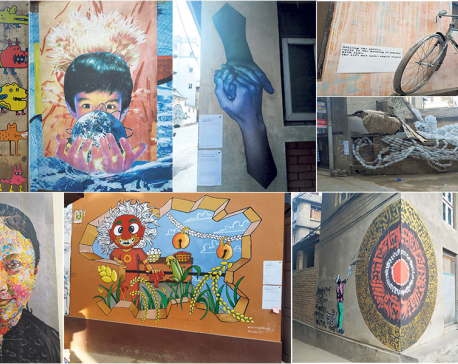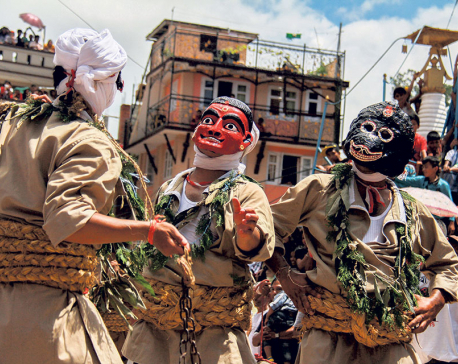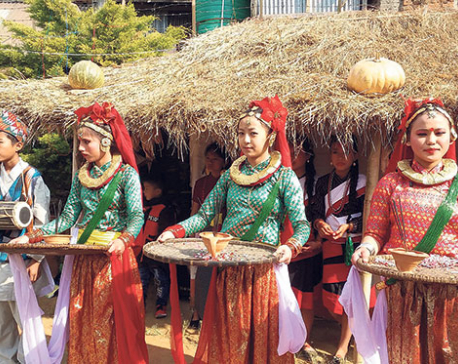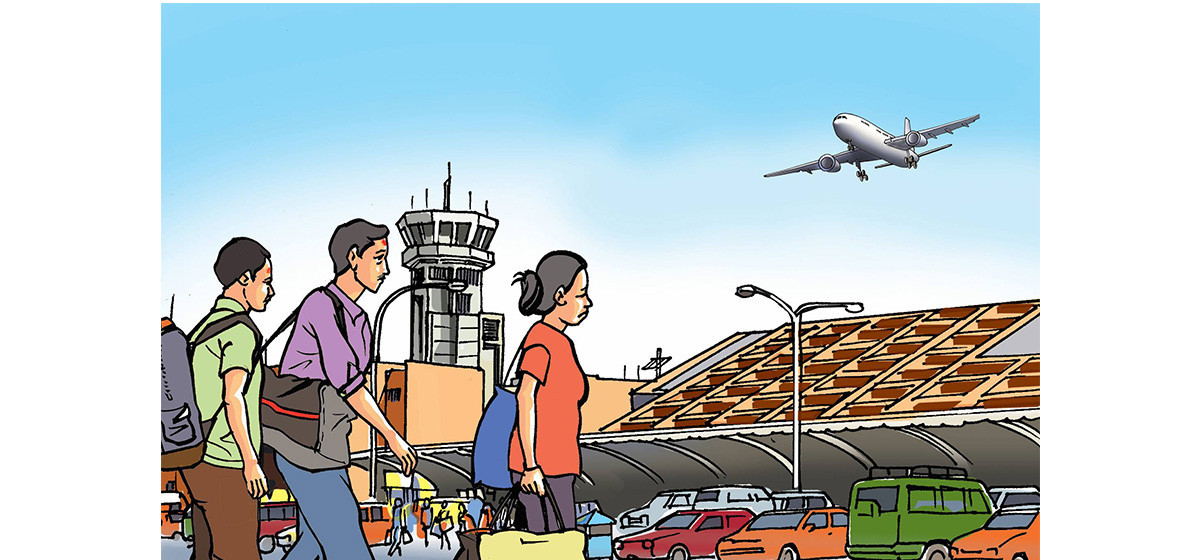
OR
Plagiarism in academia
US President Donald Trump is no stickler for morality. Among his many other vices, he routinely denigrates minorities and makes up facts. Yet even he could not thumb his nose when it transpired at the start of 2017 that one of his picks for the National Security Council, Monica Crowley, had a history of plagiarism. Crowley was forced to step down following a CNN exposé. In another famous case, this one from 2014, Mustapha Marrouchi, an English professor at the University of Nevada, Las Vegas, was fired after the university established his history of intellectual dishonesty. Plagiarism, in other words, is a serious offense and treated as such in most of the developed world and, increasingly, even in the developing world. Yet, in Nepal, instead of plagiarists being punished, they are rewarded. Tirtha Khaniya, a proven plagiarist, was made the vice-chancellor of Tribhuvan University, the country’s main bastion of higher education. Now Nepali Congress has recommended the same person as its candidate for federal election from a Chitwan constituency. Separately, on October 12, Republica ran a story of how six medical doctors associated with Kathmandu University has plagiarized, word for word, a journal article that had originally been written by three other doctors.
As of this writing, the university has taken no action against the plagiarists, even though Republica published a detailed account of exactly how the previous work had been plagiarized. Incredibly, when we contacted Dr Mukesh Kumar Shrivastava, one of the six plagiarists, he claimed that his team had not plagiarized ‘intentionally’ and it was only a ‘coincidence’ that their research paper matched, often exactly, the one written by Dr Bhola Rijal, Dr R Shrestha and Dr Bharat Jha. What worries us the most is that this represents only the tip of the plagiarism iceberg in Nepal. It came to our immediate notice because the authors of the plagiarized paper were blatant in their intellectual theft. But rarely are plagiarists so blatant. It is an open secret that a varying degree of plagiarism is not just tolerated but actually encouraged in Nepali academia. This is why readymade ‘MA thesis’ can still be bought and submitted in one’s name. The professors and advisors often know that their students are cutting corners but choose to ignore it anyway, perhaps because vetting these works for originality is hard work, perhaps because they themselves owe their academic rise to plagiarized works. We don’t know because no one has undertaken a rigorous study of high tolerance of plagiarism in Nepali academia.
We understand that it is impractical to expect here in Nepal the same level of rigorous vetting of serious academic work that we see in most of the developed world. But right now that is not even our primary concern. The main concern is rather that even in the cases where plagiarism has been clearly established, the plagiarizing social scientists and medical doctors and engineers have been allowed to get away with it, often with no penalty whatsoever. When someone like Khaniya with a tainted academic record is made the vice-chancellor of Nepal’s biggest university, why wouldn’t his students be tempted to take the easy road to academic success? Likewise, what would the medical students of the six plagiarists, all medical doctors involved in teaching, learn? And can these medical students, when they graduate, be trusted with people’s lives? What about the engineering works of unscrupulous engineering students? On the surface, plagiarism seems to be a minor offense, and of concern only to academics. But dig a little deep and it turns out to have dangerous implications.
You May Like This

Global Arts collaboration in Patan
KATHMANDU, Dec 3: Patan is well known for its rich architectural antiquity. The city has evolved as an intersection of... Read More...

Gai Jatra in Kirtipur
Kirtipur is an ancient Newari settlement of Kathmandu. Its rich art, culture, and traditions portray the close link the ancient... Read More...

A reflection of village culture
ILLAM, Dec 26: Jubiliant Elite Academy, with the initiation of its students, organized a cultural exhibition at the school premises on... Read More...



Just In
- 550,000 people acquire work permits till April of current fiscal year
- Fixing a win by outlawing dissent damages democracy
- MoHP cautions docs working in govt hospitals not to work in private ones
- Over 400,000 tourists visited Mustang by road last year
- 19 hydropower projects to be showcased at investment summit
- Global oil and gold prices surge as Israel retaliates against Iran
- Sajha Yatayat cancels CEO appointment process for lack of candidates
- Govt padlocks Nepal Scouts’ property illegally occupied by NC lawmaker Deepak Khadka









_20220508065243.jpg)



Leave A Comment